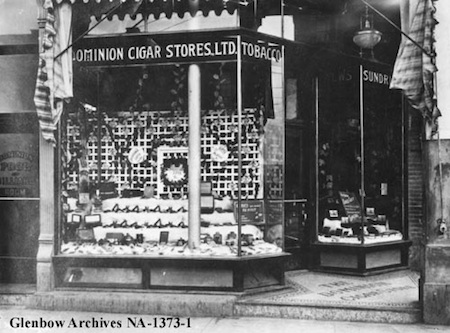
Canada was once home to a booming cigar industry. From the late 1870s to the early 1920s, cigars were locally grown, manufactured, and distributed. By the early 1900s, there were over 40 Canadian cigar manufacturers for a national population of only seven million. Canadian cigars were big business.
It started when First Nation settlements introduced wild tobacco to white settlers. As smoking tobacco gained popularity, Canadians began to plant cigar tobacco imported from Indonesia and the US. Tobacco growing soon became an important industry, with Norfolk County in Southwestern Ontario forming the centre of a tobacco belt that continued to dominate the region throughout the 20th century. By the 1920s, higher quality and more affordable cigars were being imported from Cuba and the US, Canadian tobacco farmers and cigar manufacturers couldn’t compete. The tobacco industry shifted from cigars to cigarettes, and Cuba has dominated the Canadian cigar industry for almost 40 years.
The 1962 US embargo against Cuba gave new life to the Canadian cigar industry. Since then, Canada has focused almost exclusively on Cuban cigars, which remains illegal for US companies. The 1990s saw a revived interest in cigars throughout North America and a rise in manufacturers world-wide. Improved growing and manufacturing techniques resulted in world-class tobacco from countries such as Nicaragua and the Dominican Republic—tobacco that is on par with its Cuban competition.


